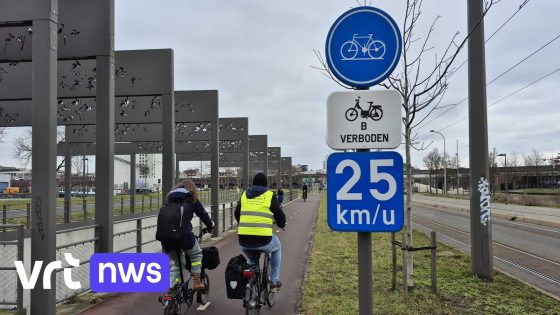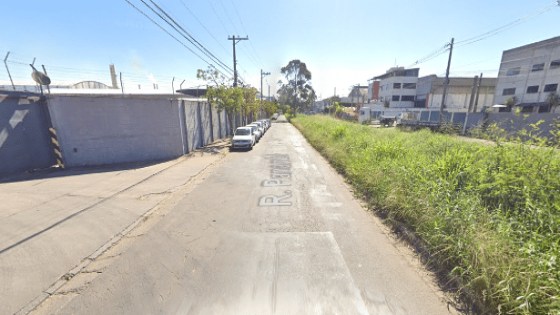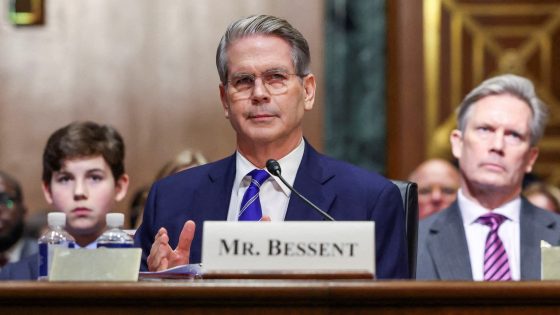On February 6, 2025, experts raised concerns about Antwerp’s plan to limit cycling speeds to a maximum of 25 kilometers per hour in urban areas. Could this initiative face legal hurdles? Traffic expert Beeckman pointed out that the current road code does not permit separate speed limits for cyclists and cars.
- Separate speed signs for cyclists and cars prohibited
- Road code restrictions affect cyclist regulations
- Changes to road code can take years
- Revised road code effective from late 2026
- Societal and political debate required for changes
With changes to traffic laws often taking years, will Antwerp’s proposal be delayed? The revised road code approved for 2024 won’t take effect until late 2026, leading to potential debates on this matter.
Antwerp’s Cycling Speed Limit: What You Need to Know
Is Antwerp’s cycling speed limit plan feasible? Experts believe it faces significant legal barriers. With the current road code prohibiting separate speed limits for cyclists and motorists, how can the city implement such a change?
The Impact of Road Code Changes on Urban Cycling
The proposed changes in Antwerp reflect broader Trends in urban cycling regulations worldwide. As cities strive for safer streets, they must navigate existing laws that may not support innovative ideas like separate speed limits. Here are some key points:
- Cycling safety is a growing concern globally.
- Legal frameworks often lag behind progressive policies.
- Merging cyclist and motorist interests remains challenging.
- Public opinion plays a crucial role in shaping these laws.
The Role of Public Debate in Traffic Law Revisions
A vibrant public discourse is essential when revising traffic laws. In Belgium, as well as in many places across the US, community input can significantly influence policy decisions. Engaging citizens can lead to more effective solutions that balance safety with mobility needs.
Cycling Regulations: A Global Perspective
Cities around the world are experimenting with various approaches to manage cycling speeds and enhance safety. From Amsterdam’s bike-friendly infrastructure to New York City’s bike lanes, each region offers unique insights into successful practices. How can Antwerp learn from these examples?
The Future of Urban Cycling Laws
The future of urban cycling regulations hinges on collaboration between lawmakers, experts, and citizens. As cities evolve, so must their traffic laws—ensuring they accommodate all forms of transportation while prioritizing safety and efficiency.






















![[KEMASKINI] 2 cedera dilanggar Hilux, Vios di Jalan Klang Lama](https://news.faharas.net/wp-content/uploads/2025/01/Shocking-Collision-2-Injured-in-Hilux-and-Vios-Crash-on-230x129.jpeg)









